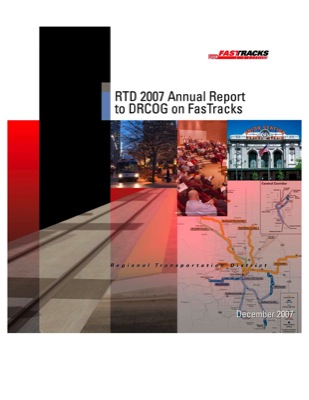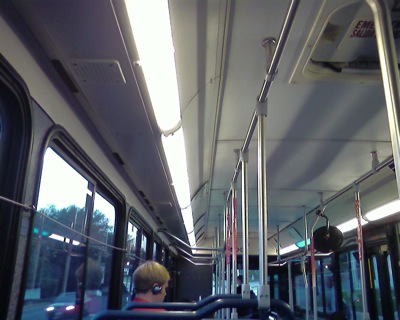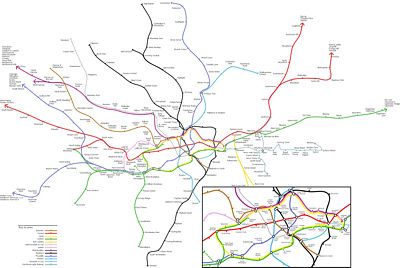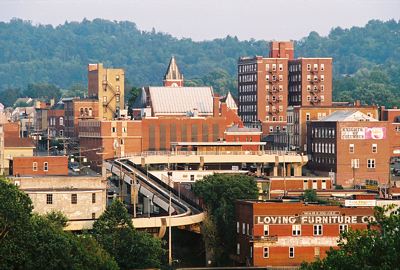The Oregonian reports that residents of Orenco — a transit-oriented development built on prime farm land miles from Portland — mostly drive to work rather than use the light-rail line that is located close to their homes. In fact, according to a survey by Lewis & Clark University sociologist Bruce Podobnik, a higher percentage of commuters in a typical low-density suburb take transit to work than commuters from Orenco.
Podobnik did find that more Orencons walk to work and shopping than residents of other Portland-area neighborhoods. A higher percentage of Orencons also found that there was “more community” in Orenco than residents of other neighborhoods — though anyone living in a community that was widely touted as a national model would come to feel a sense of community.











